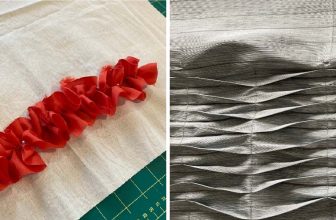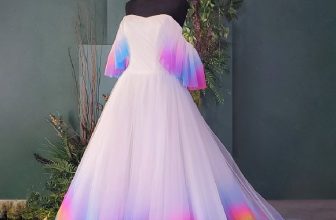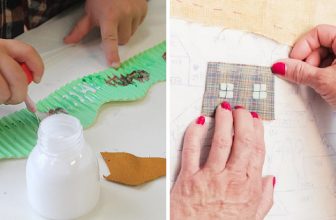How to Make a Fabric Headband without Elastic
Looking for a quick and easy project to add some flair to your wardrobe? A fabric headband is a perfect solution! And the best part is, you don’t even need to know how to sew to make one. In this blog post, we’ll show you how to make a fabric headband without elastic. All you need is a piece of fabric and a hot glue gun. Let’s get started!
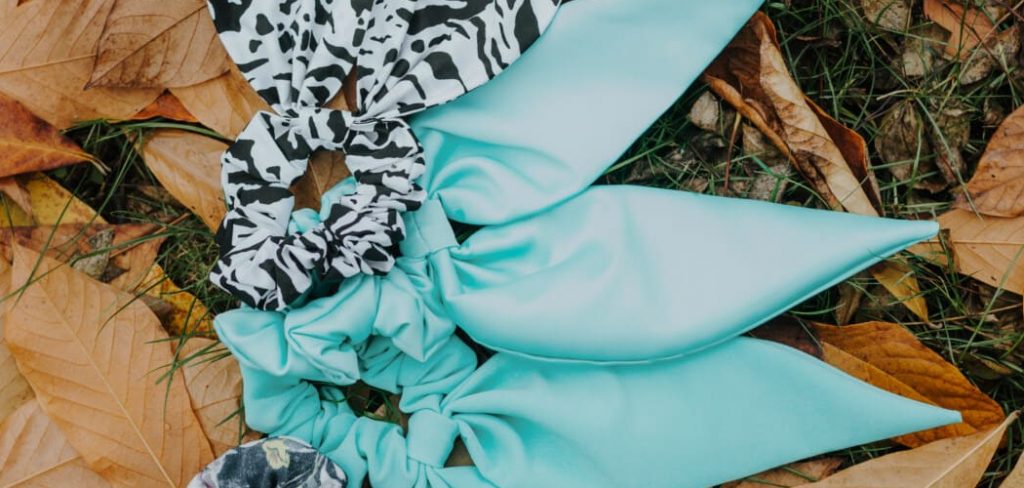
Can You Make a Fabric Headband without Elastic?
If you’re looking for a style upgrade for your workout wardrobe or just want to get rid of that pesky hair that’s always in your face, a headband is a way to go. But what if you don’t have any elastic on hand? Don’t worry; you can still make a fabric headband without it!
All you need is a strip of fabric and some scissors. Simply cut the strip of fabric to the desired length and width, then Tie it around your head. You can add a little decoration, like a bow or some flowers, to spruce up your look.
So next time you’re in a pinch and need a headband in a hurry, don’t reach for the elastic – just grab some fabric and get creative!
Why Should You Make a Fabric Headband without Elastic?
There are many reasons to make your own fabric headband without elastic. First, it’s more comfortable. Elastic can be tight and pinch the skin, while a well-fitted headband will stay in place without being too tight. Second, it’s more durable. Elastic can break or stretch out over time, but a fabric headband will last much longer.
Finally, it looks better. A fabric headband can be made in any color or pattern, whereas an elastic one is usually just one solid color. So if you’re looking for a more comfortable, durable, and stylish headband, ditch the elastic and make your own!
What You’ll Need
- 1/4 yard of lightweight fabric (we recommend cotton or linen)
- hot glue gun & glue sticks
- scissors or rotary cutter & cutting mat (optional)
7 Tips to Follow on How to Make a Fabric Headband without Elastic
1. Choose the Right Fabric
When choosing fabric for your headband, you’ll want to ensure that it is soft and comfortable. You’ll also want to avoid fabrics that are too thick or stiff, as they will be difficult to work with and may not stay in place as well. Some good options for fabric include cotton, jersey, or even a soft knit.

2. Cut the Fabric to Size
Once you’ve chosen your fabric, you’ll need to cut it to the desired size. To do this, simply measure the circumference of your head and add a few inches for seam allowance. Then, cut the fabric to this measurement.
3. Sew the Ends Together
Next, you’ll need to sew the ends of the fabric together. To do this, simply place the two ends of the fabric together and stitch them in place using a sewing machine or needle and thread.
4. Fold and Sew the Band
Once the ends of the band are sewn together, you’ll need to fold it in half lengthwise and sew it in place. This will create a seam that runs down the center of the band, which will help it to lay flat against your head.
5. Attach the D-Ring
The next step is to attach a D-ring to one end of the band. This will be used to secure the headband in place once it is finished. To attach the D-ring, simply sew it in place using a sewing machine or needle and thread.

6. Finish the Band
Once the D-ring is attached, you can finish off the band by sewing a seam around the entire perimeter. This will help secure the raw edges and prevent them from fraying over time.
7. Wear and Enjoy!
Now that your headband is finished, you can put it on and enjoy it! Be sure to adjust the fit as needed to be comfortable and stay in place throughout wear. You can also customize the material you use to match your own unique style and fashion.
That’s it! You’ve now learned how to make a fabric headband without elastic. Have fun and get creative with your own designs! And remember, if you don’t have the time or resources to make one yourself, plenty of great stores sell headbands in various colors, styles, and materials.
Things You Need to Know Before Making a Fabric Headband without Elastic
For anyone who loves to sew, there are a wealth of creative projects that can be undertaken with ease. One such project is creating a fabric headband without elastic.
Fabric headbands are not only stylish but also comfortable and can be customized to suit any outfit. If you’re thinking of making your own fabric headband, there are a few things you need to know first.
The most important thing to consider is the type of fabric you will use. A lightweight fabric will be more comfortable, but a heavier one will be more durable. You’ll also need to decide on the width of the headband. A wider headband will make a statement, while a narrower one will be more understated.
Once you’ve chosen your fabric, cut it to the desired width and length. Then, fold the fabric in half lengthwise and stitch the sides together. Finally, turn the headband right-side out and press it flat. That’s all there is to it! With just a few simple steps, you can easily create a unique and stylish fabric headband without elastic.
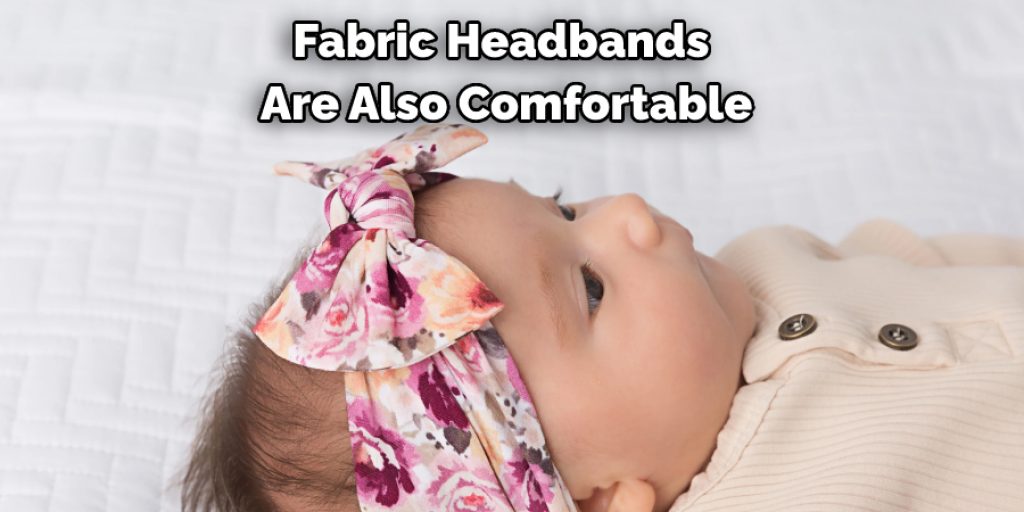
How to Choose the Right Fabric for Your Fabric Headband
Headbands are versatile hair accessories that can be used to create a variety of looks. But with so many different fabrics to choose from, how do you know which one is right for you? Here are a few things to keep in mind when selecting the fabric for your next fabric headband:
-The type of fabric you choose will affect how the headband looks and feels. A stiffer fabric like cotton will hold its shape better, while a softer fabric like velvet will be more comfortable to wear.
-The weight of the fabric will also affect how the headband looks and feels. A lightweight fabric like chiffon will be more comfortable to wear and won’t weigh down your hair, while a heavier fabric like denim will be more durable and will provide more coverage.
-The pattern or print on the fabric can also help to create different looks. A solid-colored fabric will be more classic and versatile, while a printed fabric will add a bit of personality and whimsy.
Ultimately, the best way to determine which fabric is right for you is to experiment with different types until you find one that you love!
5 Benefits of Making a Fabric Headband without Elastic
1. They’re More Comfortable
One of the primary benefits of making a fabric headband without elastic is that they’re more comfortable. Elastic can often be tight and uncomfortable, especially when worn for long periods of time. Fabric headbands, on the other hand, are much more gentle on the head and can be worn for extended periods of time without causing discomfort.
2. They Look Better
Another benefit of fabric headbands is that they generally look better than those made with elastic. Fabric headbands can be made in a variety of colors and patterns, which allows you to find one that perfectly matches your outfit. Elastic headbands, on the other hand, are usually only available in a limited number of colors.
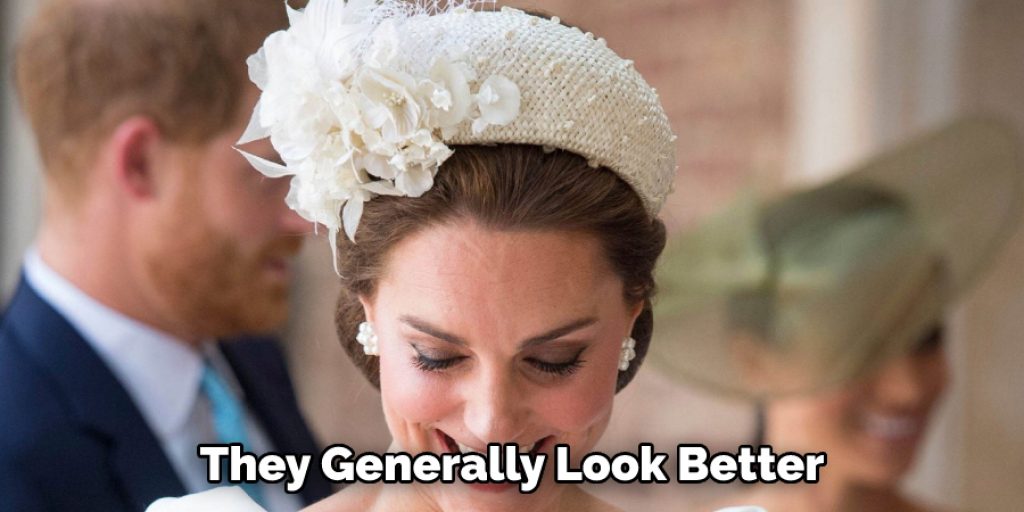
3. They’re Easier to Make
Another advantage of fabric headbands is that they’re generally easier to make than those made with elastic. If you’re new to sewing or simply don’t have a lot of time, making a fabric headband is a quick and easy project.
All you need is some fabric and a few basic sewing supplies. Making an elastic headband requires a bit more time and effort, as you must gather the elastic and attach it to the fabric.
4. They’re More Durable
Fabric headbands are also more durable than those made with elastic. Elastic can lose its shape over time, especially if constantly stretched or pulled. Fabric headbands will hold their shape much better over time, meaning you won’t have to replace them as often.
5. They’re Less Likely to Cause Allergies
Finally, another benefit of fabric headbands is that they’re less likely to cause allergies than those made with elastic. Some people are allergic to latex, which is often used in elastic bands. If you suffer from latex allergies or know someone who does, making a fabric headband is a great way to avoid any potential reactions.
Some Common Mistakes People Make When Trying to Make a Fabric Headband without Elastic
One common mistake people make when making a fabric headband without elastic is not measuring their head circumference correctly. Another common mistake is not cutting the strips of fabric to the correct width. The strip should be about one inch wide for every two inches of head circumference.
People also often forget to leave enough fabric at the end of the strip to allow for gathering. Finally, many people do not use a strong enough thread to secure the gathered end of the strip, resulting in a headband that falls apart easily. By following these simple guidelines, anyone can create a beautiful and durable fabric headband without needing elastic.
Conclusion
Making a fabric headband without elastic is easy and fast. Not to mention it is also fashionable and customizable. You can get creative with the fabric and make any design you want! Add your flair to this simple project and make a unique DIY headband that will last for years.
With just a few basic supplies, you can make a headband that looks and feels amazing. So go ahead and give it a try! You’ll be amazed at how much fun you can have with this easy project. Thanks for reading our post about how to make a fabric headband without elastic.

